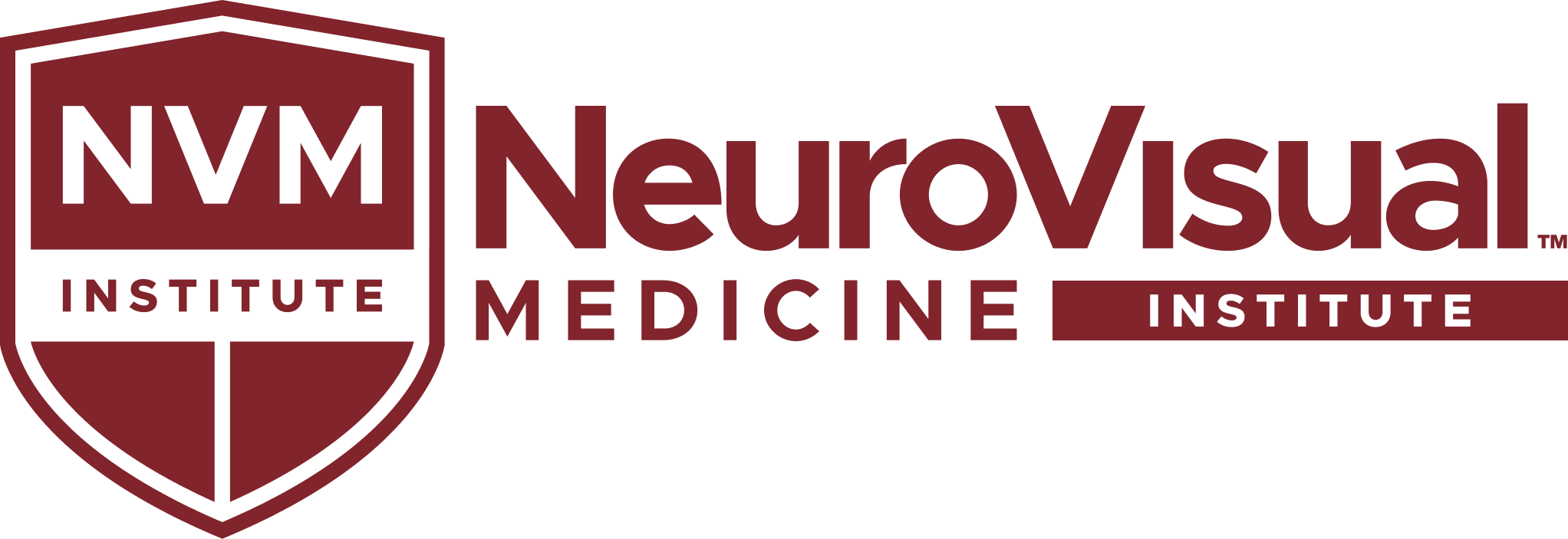Launch your NeuroVisual™ Specialty with confidence and support.
Traditionally, adding a new specialty service to an optometry practice has been a lonely, time consuming, and uncertain process. We’ve set out to change this with the most comprehensive specialty onboarding program across the industry. From the moment you begin, you have the backing of industry experts from the exam room to the back office. Upon completing the NeuroVisual Medicine Training Program, you’ll join a network of likeminded colleagues who will support you along your journey.
Everything you need to start your new specialty.
Adding a specialty requires great coordination, staff buy-in, and all the help you can get – that’s where we come in. You are immediately paired with an implementation expert to guide you each step of the way. We provide the systems, processes, and tools to get you started on your journey.
Get your staff ready.
We take time to meet your team and introduce them to Binocular Vision Dysfunction (BVD), microprisms, and NeuroVisual Medicine to set them up for success.
Add new NeuroVisual™ Tools, Processes, and Templates.
No need to reinvent the wheel – we packaged our years of experience into practical tools and resources for you and your team. Utilize our NeuroVisual-specific customizable templates to prepare your clinic and get ready for your new NeuroVisual Medicine patients.
Establish your Pricing and Billing.
With over 40 practices on the NeuroVisual platform, we are able to leverage historical data to model your future revenue for this specialty and provide medical billing guidance. You and your biller will meet with our resident expert to learn NeuroVisual Billing tips and tricks.
Staff Training on BVD and Microprism.
BVD and microprisms are new to many optometric staff. At the NeuroVisual Medicine Institute, we believe that investing in high-quality training helps prepare your staff to deliver a best-in-class NeuroVisual experience from the phones to the dispensing counter. We cover every area in your office from optical to lab, scheduling to scribing.
Start scheduling specialty exams.
We start by conducting an assessment of your patients to see how many patients will need this care – results range from 20-30% of your current patients.
The fastest route to master microprism prescription and BVD Treatment.
Our training program is led by the founder of NeuroVisual™ Medicine, Dr. Debby Feinberg, and our full-time team of clinicians, researchers, and educators with over 55 years of collective NeuroVisual and BVD experience.

Curriculum Deep Dive
Start your clinical training by diving deep into the over 250 pages of our NeuroVisual Training curriculum. You’ll learn everything from the history of phorias to pathophysiology, research and exam techniques, protocols and systems.
5-day Hands-on Masterclass
Each clinician gains deep, hands-on experience with our clinical faculty and live patient exams during our signature 5-day in-person training program. At the end of the training week, each clinician is ready to start seeing NeuroVisual patients immediately upon returning home.
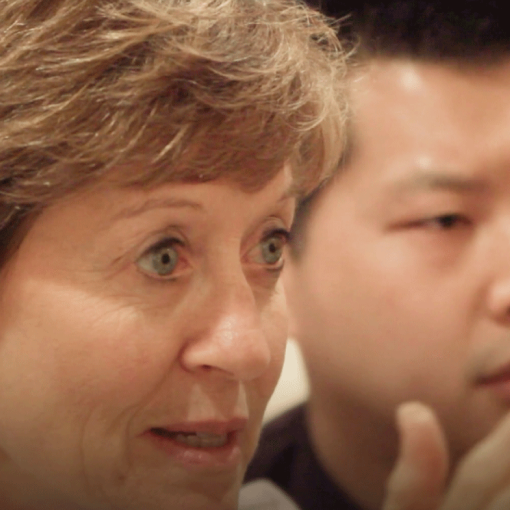
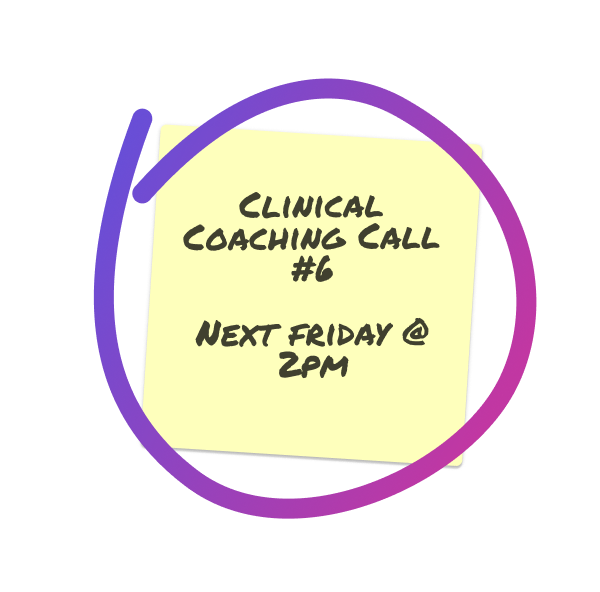
Clinical Coaching Program
Meet bi-weekly with one of our clinical faculty to review each of your NeuroVisual patient cases.
Each session, we’ll field your questions and provide guidance on how to increase patient relief and fine-tune your techniques.
The proven approach to prescribing microprism – the NeuroVisual™ Clinical Protocol.
Our clinical training enables doctors to confidently prescribe microprism to treat a wide range of Binocular Vision disorders in their patients with our clinical training. We developed the NeuroVisual™ Clinical Protocol to reliably evaluate each patient, analyze their test results, and custom fit each pair of microprism lenses.
Screen for BVD

Test & Evaluate
Use the NeuroVisual™ Clinical Protocol to diagnose BVD.

Prescribe Prisms
Determine microprism prescriptions real-time with patients.

Fine Tune
Fine tune prism prescriptions to maximize symptom relief.

Beyond BVD
Know how to identify which patients need additional help.
Quick facts about the NeuroVisual™ Clinical Protocol
25 Years
of Development &
Research
+45,000
NeuroVisual patient
encounters to date
5 Articles
Peer reviewed publications Demonstrating the impact of this clinical protocol

When you take this course, you literally become a part of Dr. Mark and Dr. Debby’s family. They hold your hand. They give you every piece of information that you need to take this technique back home to where you practice. They tell you how to bill for these patients, what lab to use for high-precision cutting of these lenses, and so much more. They are there for every question that you might have. They send you home with every piece of equipment that you need to get started.

I’ve gotten more hugs doing this work than I had gotten in my previous 20 years of practice.

From a business standpoint, NeuroVisual Medicine is the most productive for us money-wise. Seeing just two Neuro Patients in an afternoon makes my associate on par with other doctors in our practice for gross per hour.

NeuroVisual Medicine makes me more credible and more respected among my peers and other doctors in my area. MDs turn to me more for this kind of care, where in the past, they didn’t refer as often.
A transformational training week.
Dr. Julie Lam (Phoenix, AZ)
Since adding NeuroVisual Medicine to her independent optometry practice in 2019, the demand for Dr. Lam’s NeuroVisual Speciality has grown steadily.
Dr. Andrew Taylor (Australia)
Before training, Dr. Taylor had an interest in binocular vision. He has integrated NeuroVisual techniques with his prior understanding of balance and orientation in space to help relieve patients BVD symptoms.
Dr. Albert Pang (Dallas,TX)
With a keen interest on adding cutting edge specialities to help his patients, Dr. Pang has enjoyed the addition of NeuroVisual Medicine to practice.
Dr. Andrew Taylor (Australia)
Before training, Dr. Taylor had an interest in binocular vision. He has integrated NeuroVisual techniques with his prior understanding of balance and orientation in space to help relieve patients BVD symptoms.
Your success is our success.
Built-In Patient Referral Network
Every month, tens of thousands of people visit our websites looking for information about and seeking help for their BVD symptoms. Hundreds of potential patients complete the BVDQ™ each week and send their results directly to the closest certified provider. This means an average of 4 new patient leads each week, directly to your inbox!
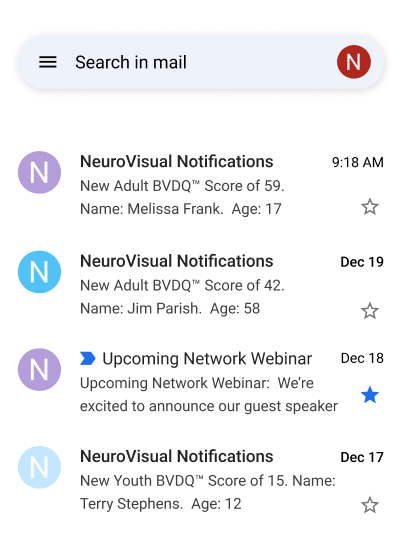

Specialty Marketing Materials
Employ our proven marketing strategies and materials to kick-start your outreach and education efforts. Attract new patients from across the web and grow your medical referral community with confidence.
Growth Strategy and Coaching
Meet with your Practice Growth Coach for monthly strategy, goal setting, support, and progress check-ins. Practices begin by adding NeuroVisual Medicine in 1/2 day per week increments. We’ll help you and your team scale up to 1 day per week and beyond – with operational support and proven growth strategies.
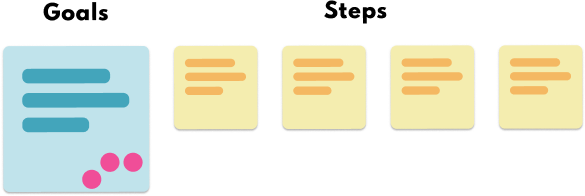
Together, we go farther.
NeuroVisual Network of Optometrists
The NeuroVisual Medicine Network consists of some of world’s top-performing microprism specialty practices. We meet virtually throughout the year to discuss challenges and opportunities for this specialty, and belong to a private online network of NeuroVisual colleagues.
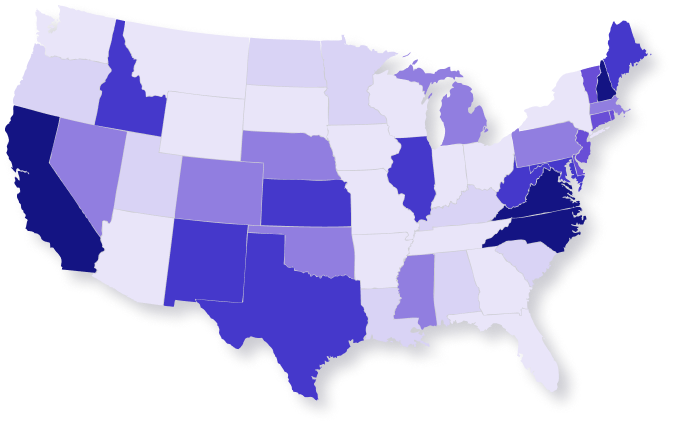
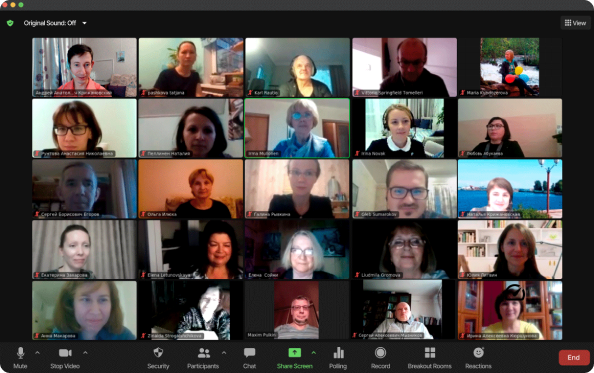
Collaborative Learning and Growth
You’ll face new challenges along the way but you’re not alone. Many successful NeuroVisual Medicine providers have faced similar challenges and created innovative solutions. They are eager to share their hard-won wisdom and experience with you.
Practice Resources
As a member of our network, you will have access to a wealth of resources. Our library of professional materials is constantly expanding with a fully searchable database of case studies, webinars, tools, and how-to documents at your fingertips.
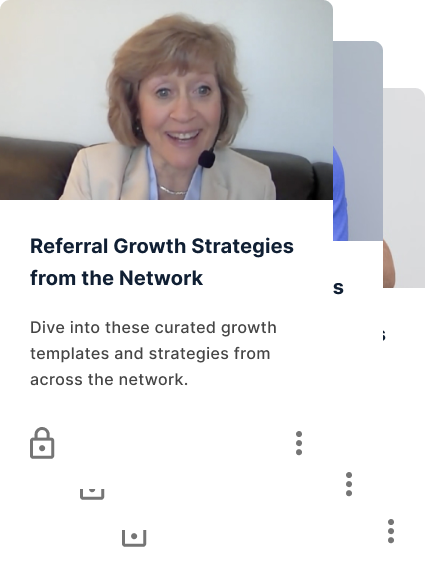
We’re one call, text, email, or ping away.
When you have questions, we have answers.
Whether you’re unsure about a patient’s prism prescription, recently hired a new optician who needs additional training, or are looking for guidance on how to troubleshoot a billing question, our team of industry experts are here to support you and your team. And we have an entire team of partners to support you
- Opticial
- Clinical
- Lab Production
- Web Development
- Billing
- Scribe and Techs
- Practice Management
- Operational
- Marketing
- Scheduling & Booking
- Revenue Cycle Management
- Financial Planning
- Staff Training
- EHR/EMR
- Intake
